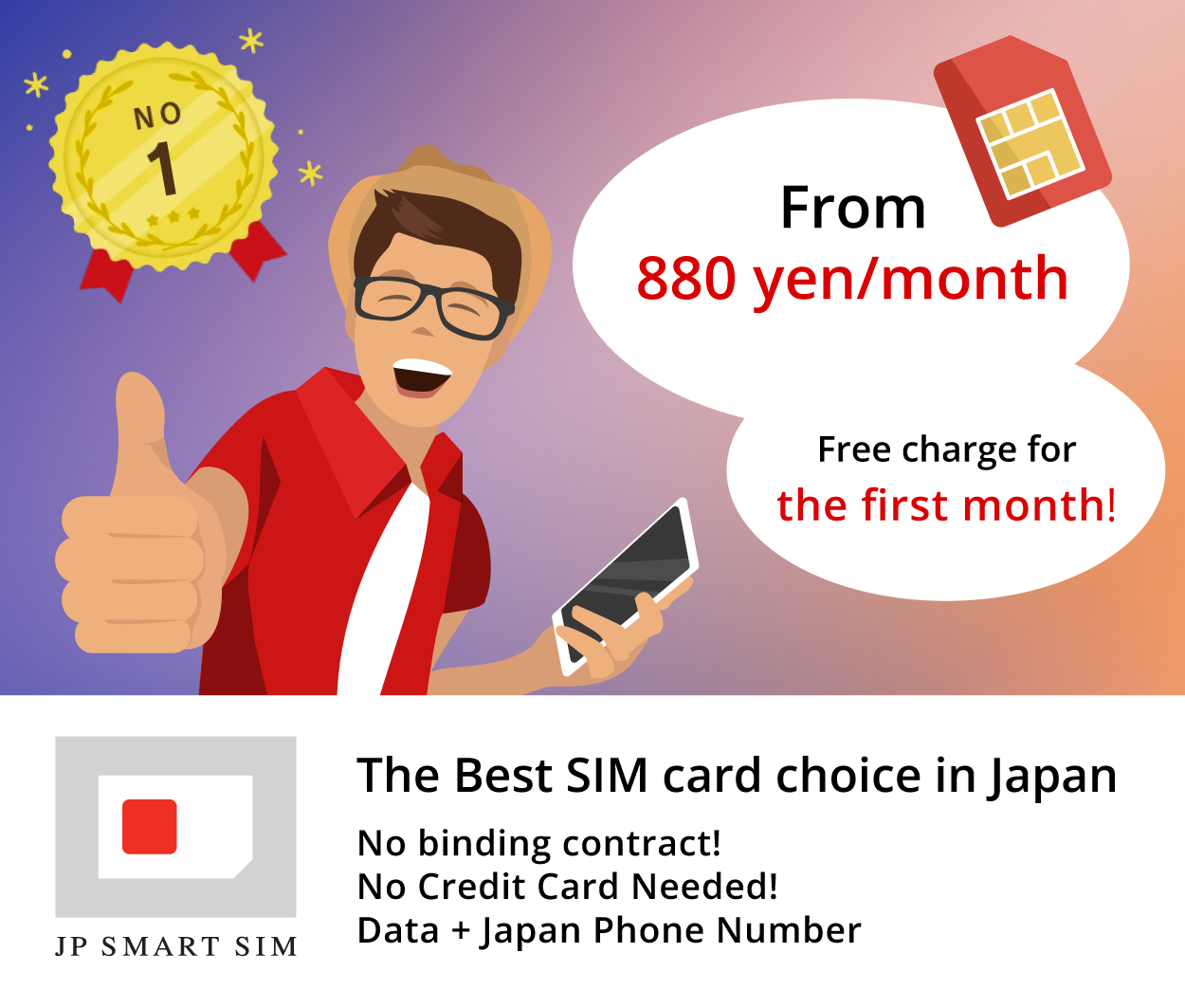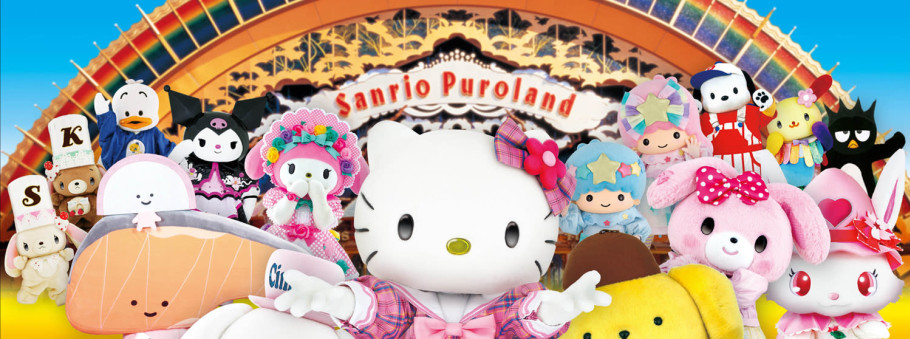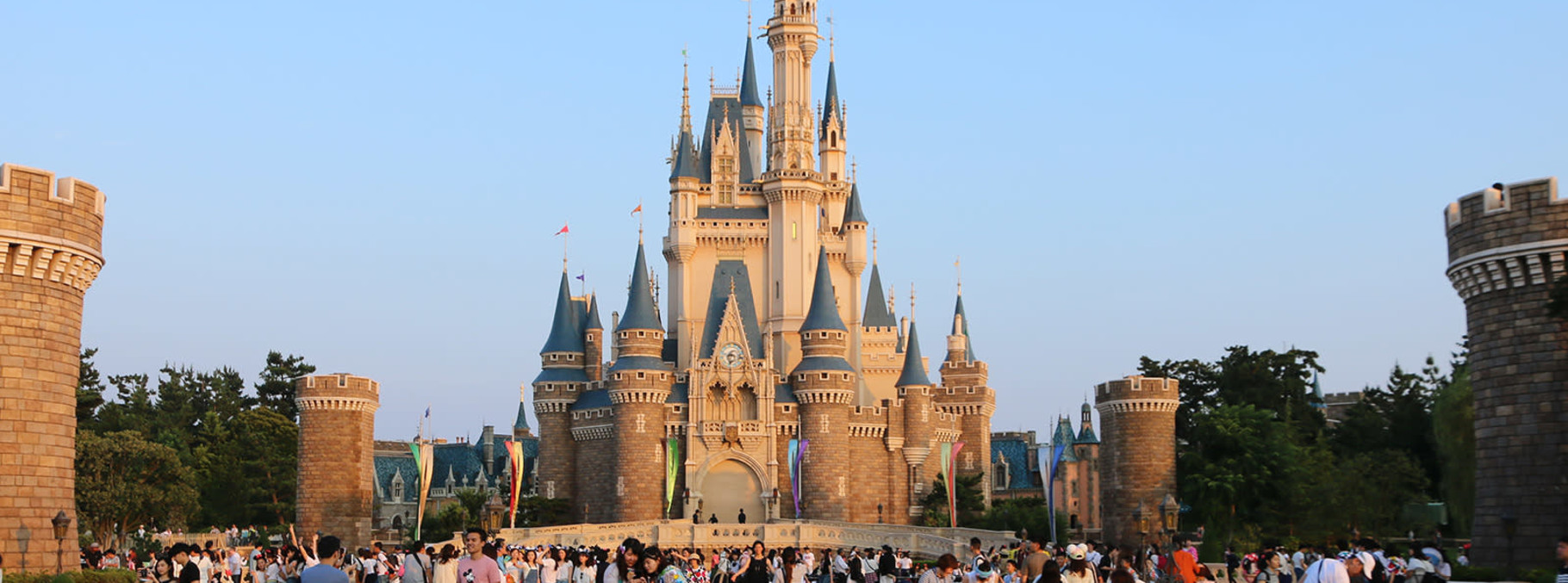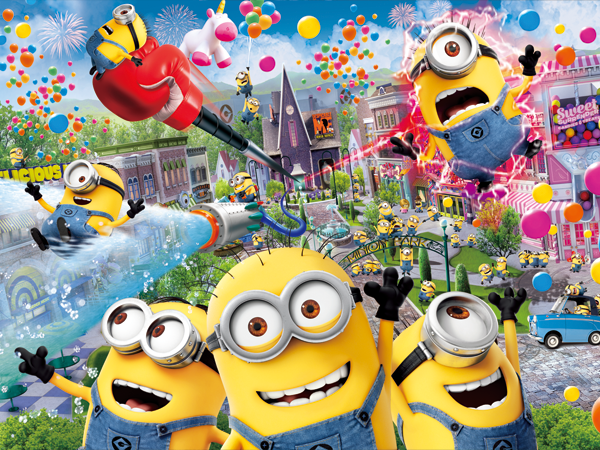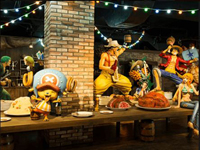Eihei-ji
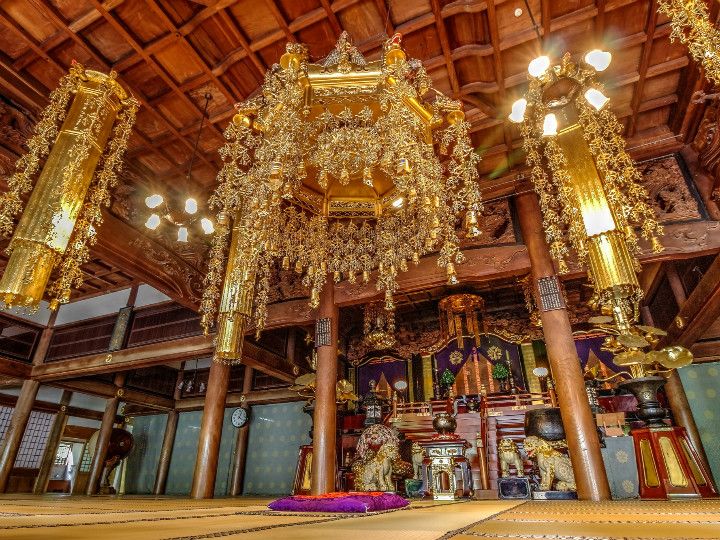
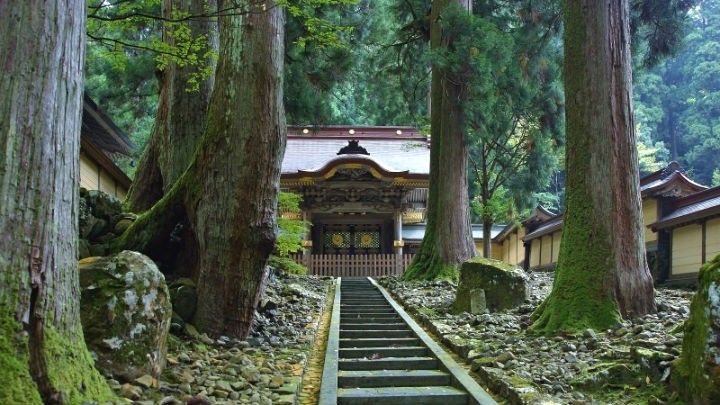
(Source: プラネタイズ)
A Pilgrimage to Shichidogaran (Seven major halls)
The seven halls in the precinct are called Shichidogaran. These halls are essential to the practice and considered as the most important structures in the precinct. Long corridors connect each hall where monks practice meditation. Hatto is the main hall that enshrines the Principal Image of Buddha “Sho Kanzeon Bosatsu” where monks in training gather for chanting a sutra in the morning. Hachirengekyo, the gorgeous canopy with eight sides hung from the ceiling, was made in the style of the Sung dynasty in China.
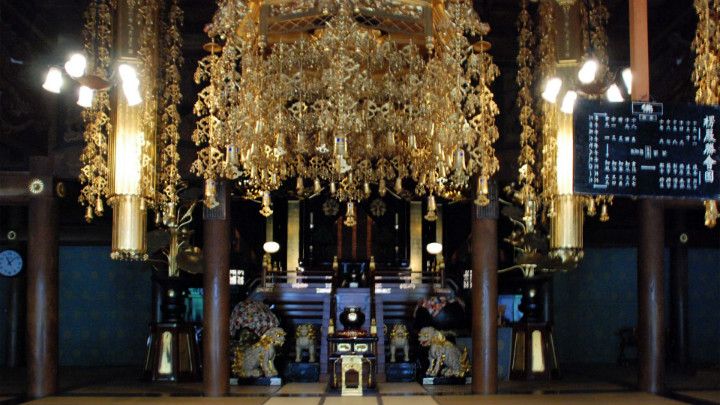
(Source: 気になる写真!)
Sanshokaku
Sanshokaku was built in 1993 to pray for the 750th anniversary of Dogen Zenji, the founder of the Soto Sect. The grand hall on the second floor is 254㎡ and its ceiling looks magnificent with as many as 230 pieces of paintings of flowers and birds. There are only five paintings that don’t feature flowers nor bird: two paintings of carps, two of Chinese lions, and one of squirrels. It is said that if you can find all five and pray for them, your wishes will come true.
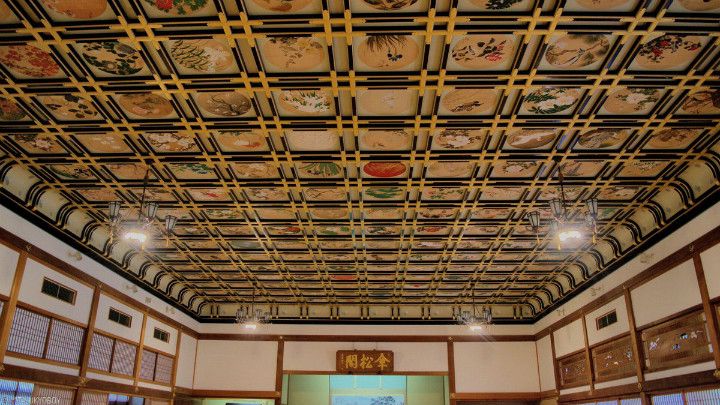
(Source: twitter)
Joyoden
Joyoden is the grave of Dogen Zenji. It is a sacred building regarded as the holy ground of the Soto Sect. The main hall located in the inner part of the precinct contains the statue and ashes of Dogen Zenji which is surrounded by Ihai (Buddhist memorial tablets) of Eiheiji's successive head monks and head monks of Soto Sect temples all over Japan.
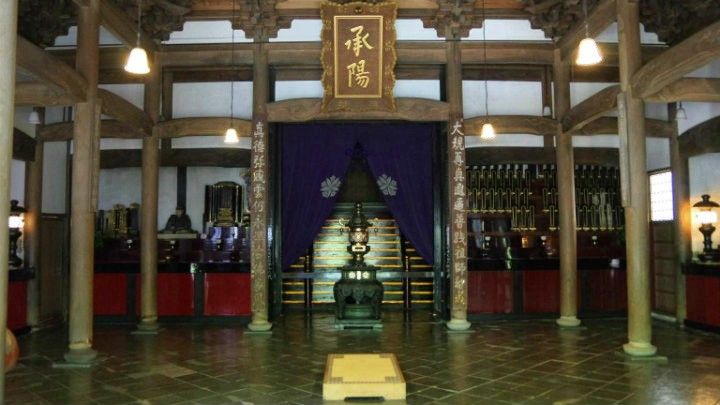
(Source: 旅の空)
Rurishohokaku
Rurishohokaku houses around 8000 items including national treasures and important cultural properties. The exhibition room has the permanent displays of various documents about Eihei-ji and Dogen Zenji. In addition to this, they occasionally hold special exhibitions of precious treasures that are not usually open to public.
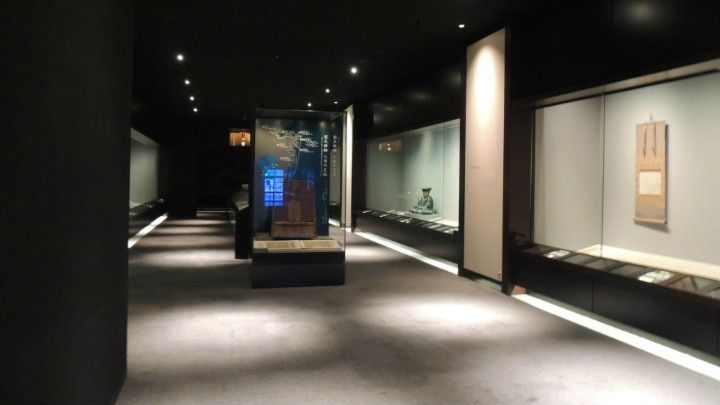
(Source: yoshi`s blog)
Experience Zen
Eihei-ji offers Zen meditation experience for visitors. You can casually experience zazen, where you sit with your eyes closed, your back straight, concentrate on your breathing and try to be calm, and hitomoji shakyo (copying one letter of Buddhist sutra) where each person copies one letter from 266 letters of a Buddhist sutra. For those who want to learn more about the Buddhist world, there is a 2-day practice program which is now popular among foreign tourists.
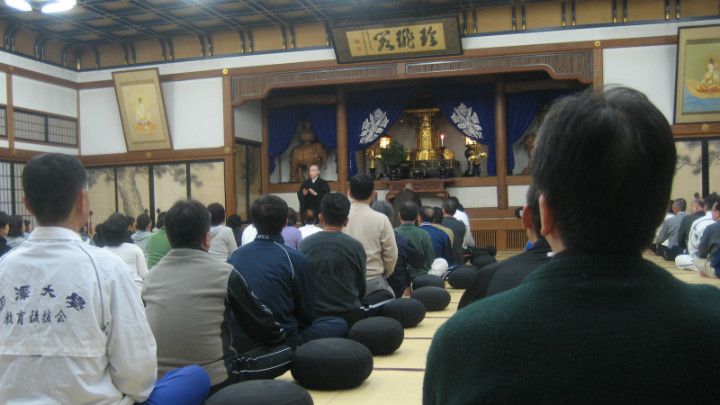
(Source: ナイト香港)

(Source: プラネタイズ)
A Pilgrimage to Shichidogaran (Seven major halls)
The seven halls in the precinct are called Shichidogaran. These halls are essential to the practice and considered as the most important structures in the precinct. Long corridors connect each hall where monks practice meditation. Hatto is the main hall that enshrines the Principal Image of Buddha “Sho Kanzeon Bosatsu” where monks in training gather for chanting a sutra in the morning. Hachirengekyo, the gorgeous canopy with eight sides hung from the ceiling, was made in the style of the Sung dynasty in China.

(Source: 気になる写真!)
Sanshokaku
Sanshokaku was built in 1993 to pray for the 750th anniversary of Dogen Zenji, the founder of the Soto Sect. The grand hall on the second floor is 254㎡ and its ceiling looks magnificent with as many as 230 pieces of paintings of flowers and birds. There are only five paintings that don’t feature flowers nor bird: two paintings of carps, two of Chinese lions, and one of squirrels. It is said that if you can find all five and pray for them, your wishes will come true.

(Source: twitter)
Joyoden
Joyoden is the grave of Dogen Zenji. It is a sacred building regarded as the holy ground of the Soto Sect. The main hall located in the inner part of the precinct contains the statue and ashes of Dogen Zenji which is surrounded by Ihai (Buddhist memorial tablets) of Eiheiji's successive head monks and head monks of Soto Sect temples all over Japan.

(Source: 旅の空)
Rurishohokaku
Rurishohokaku houses around 8000 items including national treasures and important cultural properties. The exhibition room has the permanent displays of various documents about Eihei-ji and Dogen Zenji. In addition to this, they occasionally hold special exhibitions of precious treasures that are not usually open to public.

(Source: yoshi`s blog)
Experience Zen
Eihei-ji offers Zen meditation experience for visitors. You can casually experience zazen, where you sit with your eyes closed, your back straight, concentrate on your breathing and try to be calm, and hitomoji shakyo (copying one letter of Buddhist sutra) where each person copies one letter from 266 letters of a Buddhist sutra. For those who want to learn more about the Buddhist world, there is a 2-day practice program which is now popular among foreign tourists.

(Source: ナイト香港)
